Tag: lumbar spine
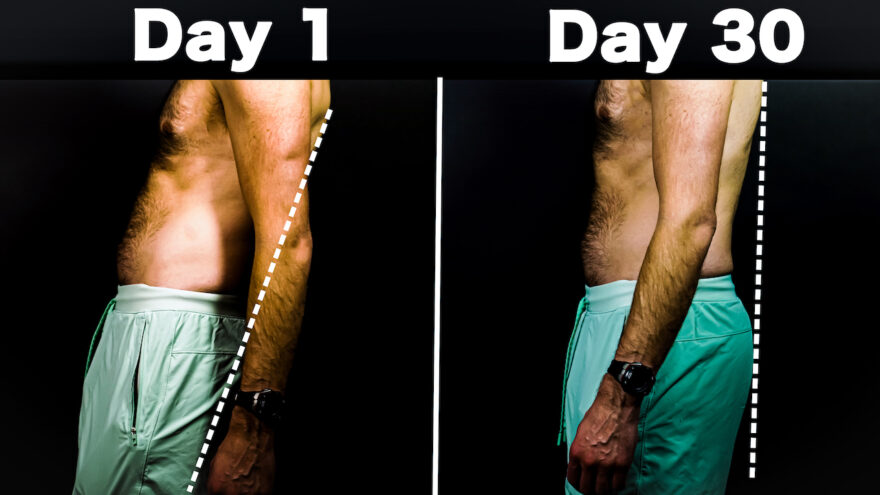
Fix Swayback Posture for Good
If your hips are ahead of your torso, read this If you notice that: Then you may be presenting with…
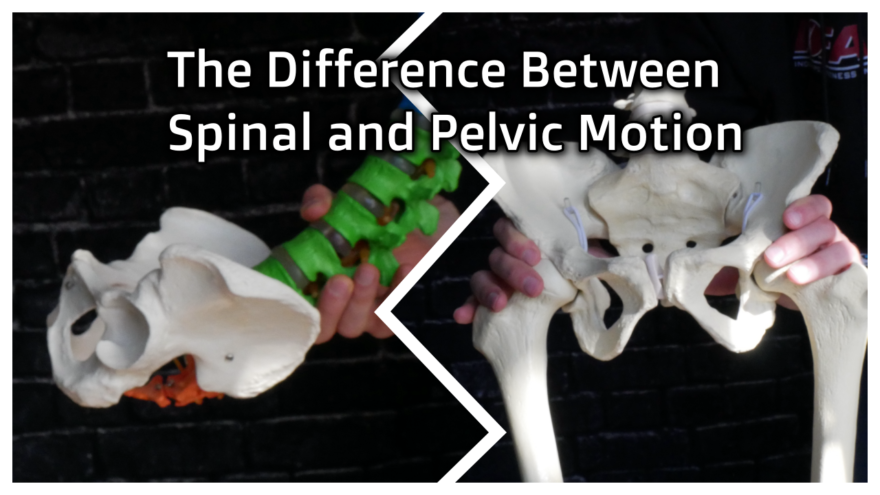
The Difference Between Spinal and Pelvic Motion
If you get people feeling their backs during the tuck, then check this out

Lumbar Spine Troubleshooting
If you have someone who is flexion intolerant, has radicular symptoms, lateral shifts, and more, then you’ll want to check…
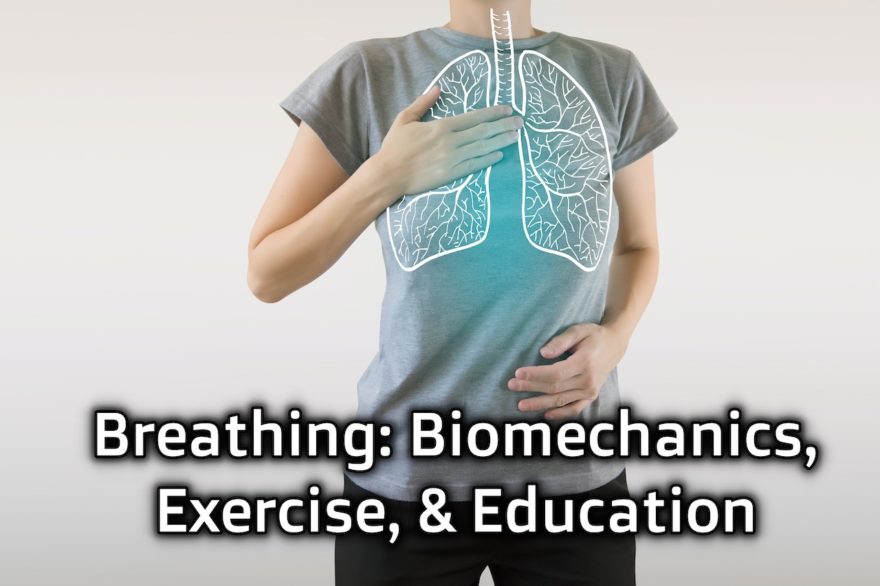
Breathing: Biomechanics, Exercise, and Education
Do you ever get asked why are you breathing like that during an exercise? Or worse yet, maybe you’ve gotten…
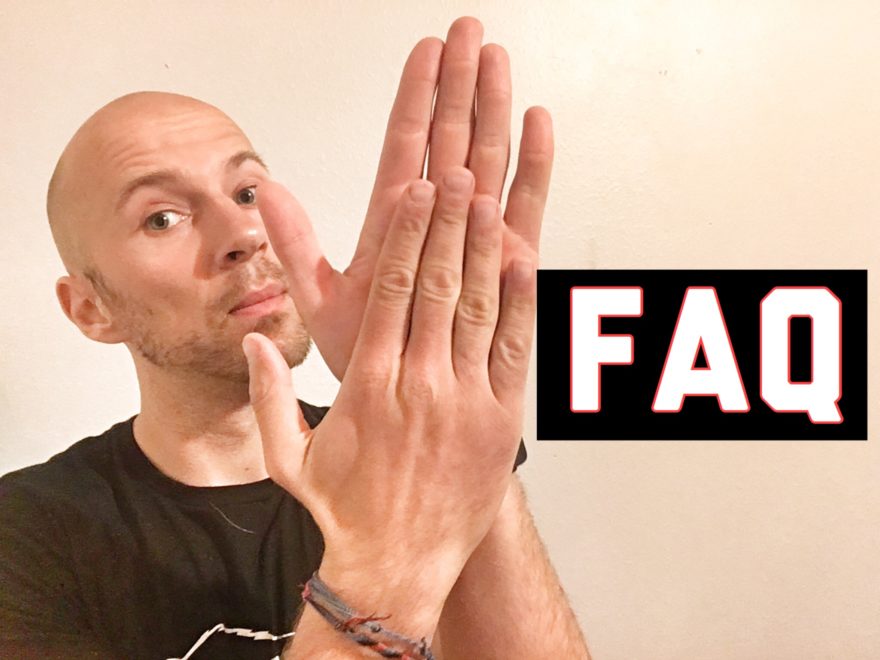
Frequently Asked Questions
Over the last year I’ve been asked a bunch of questions, and I’ve tried to answer them immediately. Instead of…
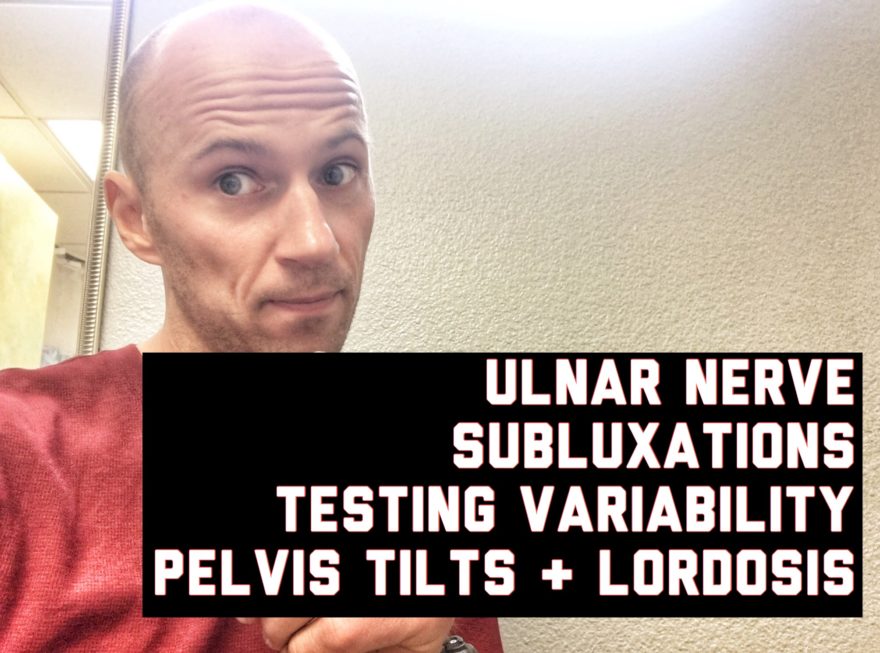
Ulnar Nerve Subluxations, Testing Variability, and Pelvic Tilts and Lordosis – Movement Debrief Episode 39
Movement Debrief Episode 39 is in the books. Below is a copy of the video for your viewing pleasure, and…
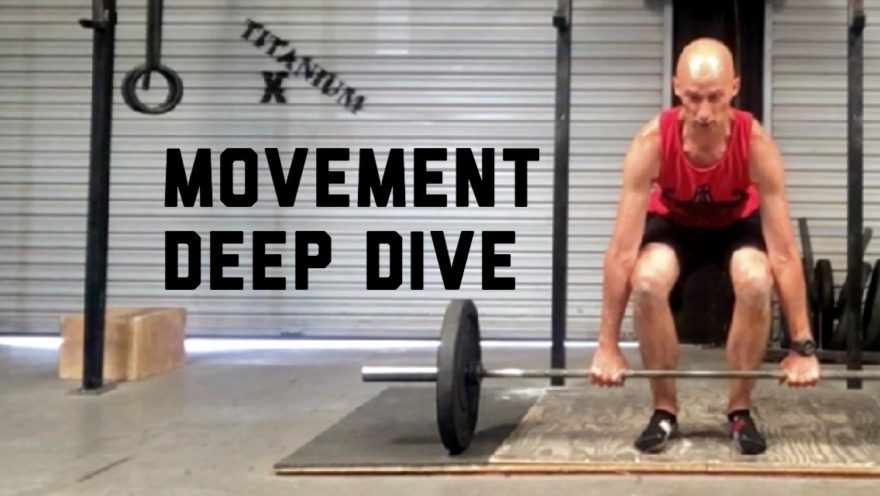
How to Deadlift – A Movement Deep Dive
Deadlift – A Total Body Workout It is hard to find a better fundamental exercise than the deadlift. A time-tested…
